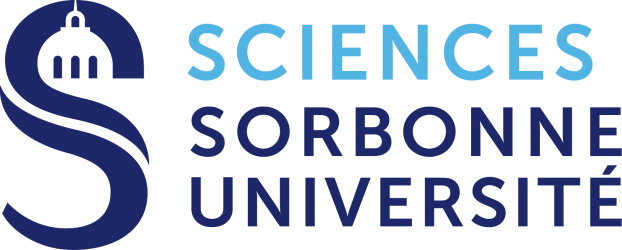PhD position in Engineering and Computer Science, Sorbonne Université, Paris, Fr
Foundation Models for Physics-Aware Deep Learning
Contact : Patrick Gallinari, patrick.gallinari@sorbonne-universite.fr
Location: Sorbonne Université, Pierre et Marie Curie Campus, 4 Place Jussieu, Paris, Fr. Machine Learning and Information Access team.
Candidate profile: Master degree in computer science or applied mathematics, Engineering school. Background and experience in machine learning. Good technical skills in programming.
How to apply: please send a cv, motivation letter, grades obtained in master, recommendation letters when possible to patrick.gallinari@sorbonne-universite.fr
Start date: October/November 2024 for three years
Note: The research topic is open and depending on the candidate profile could be oriented more on the theory or on the application side
Keywords: deep learning, physics-aware deep learning, fluid dynamics, AI4Science
Full description: https://pages.isir.upmc.fr/gallinari/open-positions/
Abstract: Physics-aware deep learning aims at investigating the potential of AI methods to advance scientific research for the modeling of complex natural phenomena. This is a fast-growing research topic with the potential to boost scientific progress and to change the way we develop research in a whole range of scientific domains. An area where this idea raises high hopes is the modeling of complex dynamics characterizing natural phenomena occurring in domains as diverse as climate science, earth science, biology, fluid dynamics. Despite significant advances, this remains an emerging topic that raises several open problems in machine learning and application domains. Among all the exploratory research directions, the idea of developing foundation models for learning from multiple physics is emerging as one of the fundamental challenges in this field. This PhD proposal is aimed at exploring different aspects of this new challenging topic. Two main challenges will be investigated: learning from multiple physics and generalization with few shot learning.
